Note: This article also applies to Apple Lightning devices and most USB-C devices, such as Windows computers.
While you may think that the audio quality of your headphones that cost just over $20 is bad, have you overlooked an important detail? Although using headphones from the same brand as your phone may result in better optimization, it cannot be denied that the built-in DAC (an important component that converts digital audio into analog signals and provides them to headphones) of your phone may not be as good as an external DAC. Therefore, it may not be the case that your headphones are bad, but rather that the DAC cannot drive them or they are not well-matched.
But people may ask: Aren’t external DACs very large? That’s right, professional-grade DACs are indeed a bit bulky and expensive.
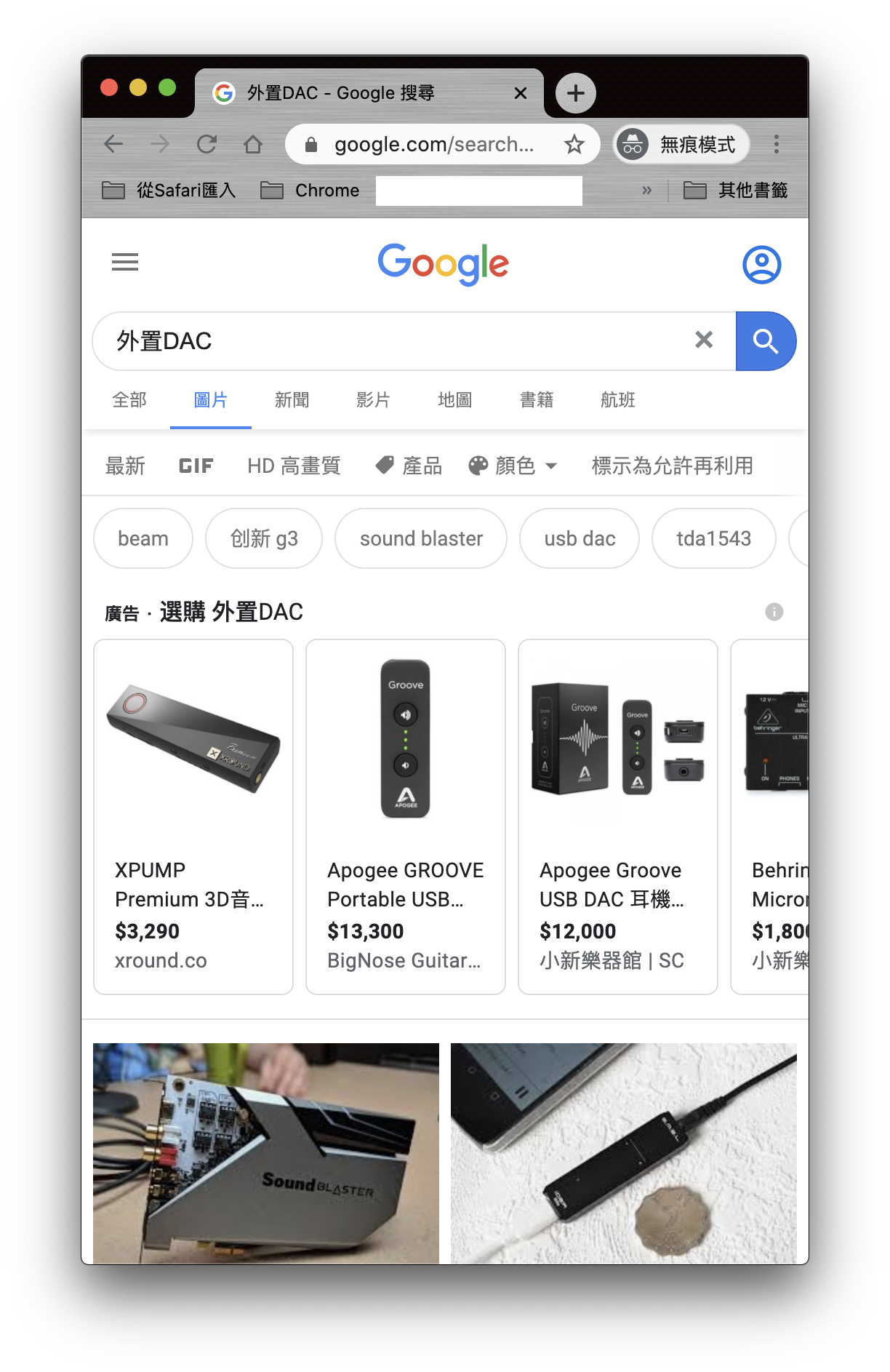
A quick Google search will show you these bulky DACs.
However, I am a person who values cost performance, and I basically won’t buy something even if it has good audio quality (unless I make a lot of money someday). Just when I was struggling with the poor audio quality of my $20 headphones, I suddenly remembered the Google USB-C to 3.5mm headphone jack adapter that I had never used before. (Because the audio jack of my previous Pixel 2 had a problem where it could only be charged but couldn’t be sent back to the United States.)
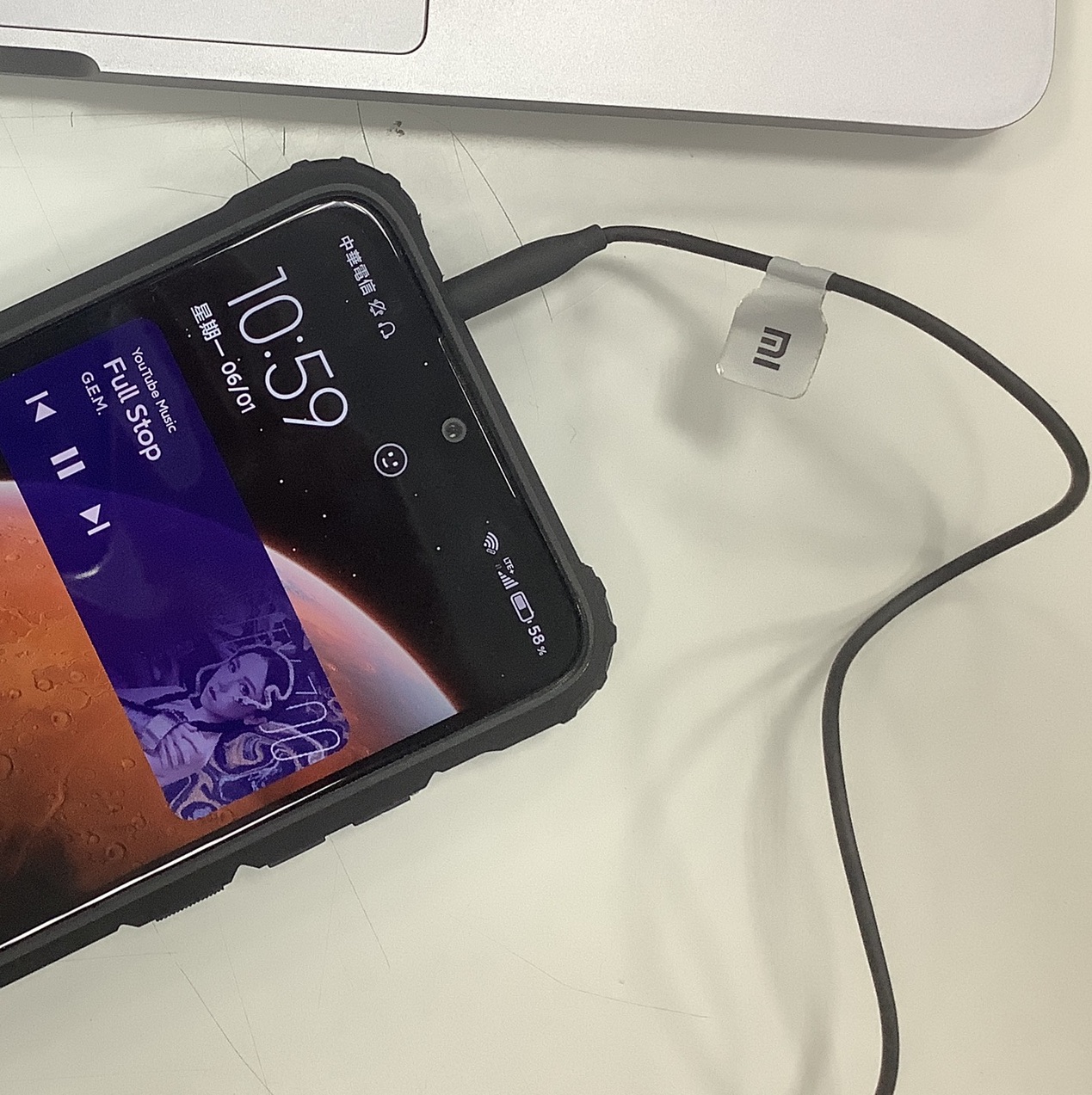
After plugging in the adapter, I clearly felt that the weak bass suddenly became powerful. Later, I used a generic adapter to compare the audio quality, and it was terrible, worse than the 3.5mm headphone jack of my phone.
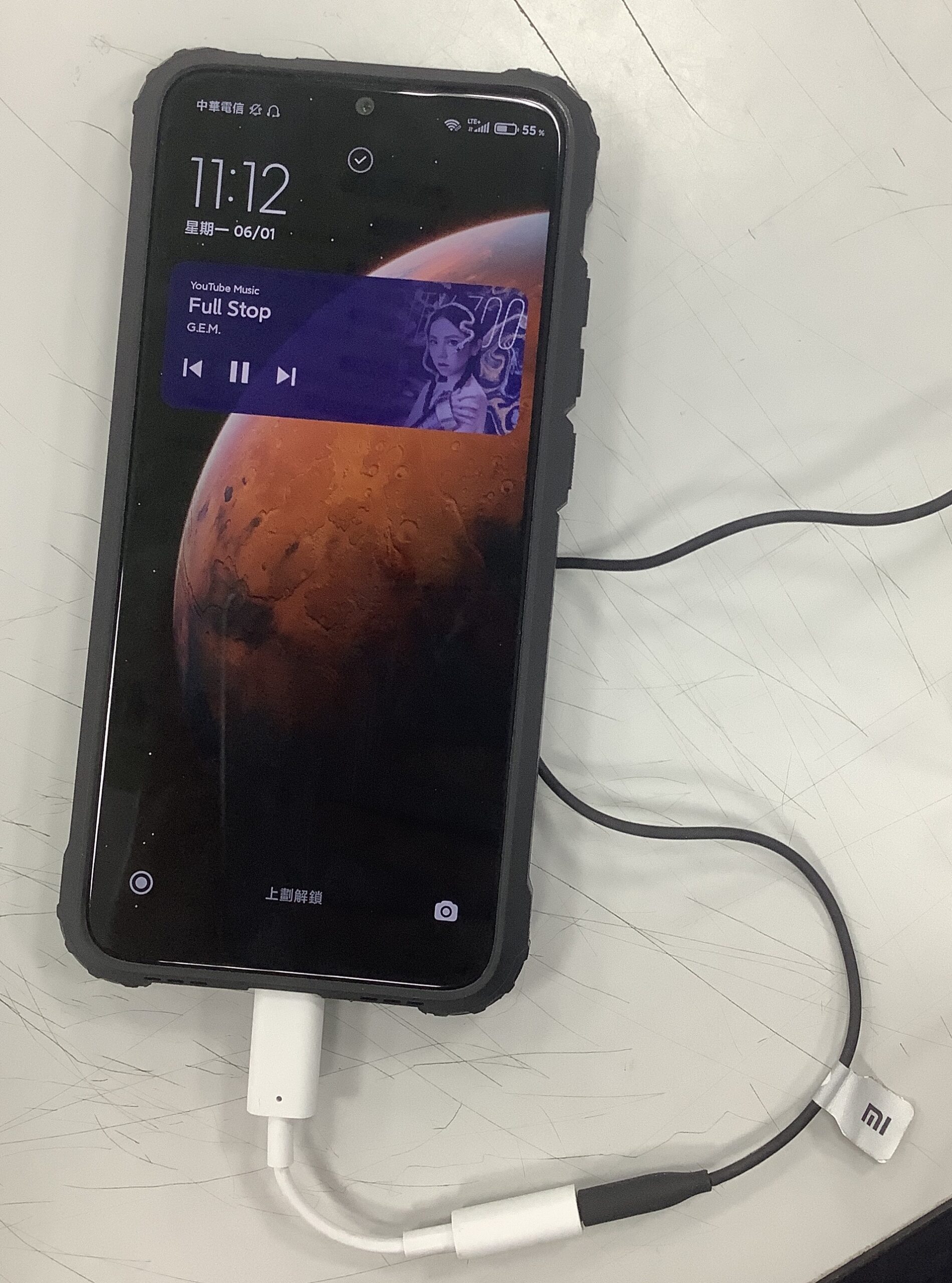
If you use the audio quality options built into your phone or even an equalizer to adjust it to your preferences, the effect will be even better.
(But I do not recommend HTC users to use “HTC BoomSound equipped with Dolby sound effects” on headphones, as the sound becomes different from the original and the audio quality that is not turned on sounds better than when it is turned on.)
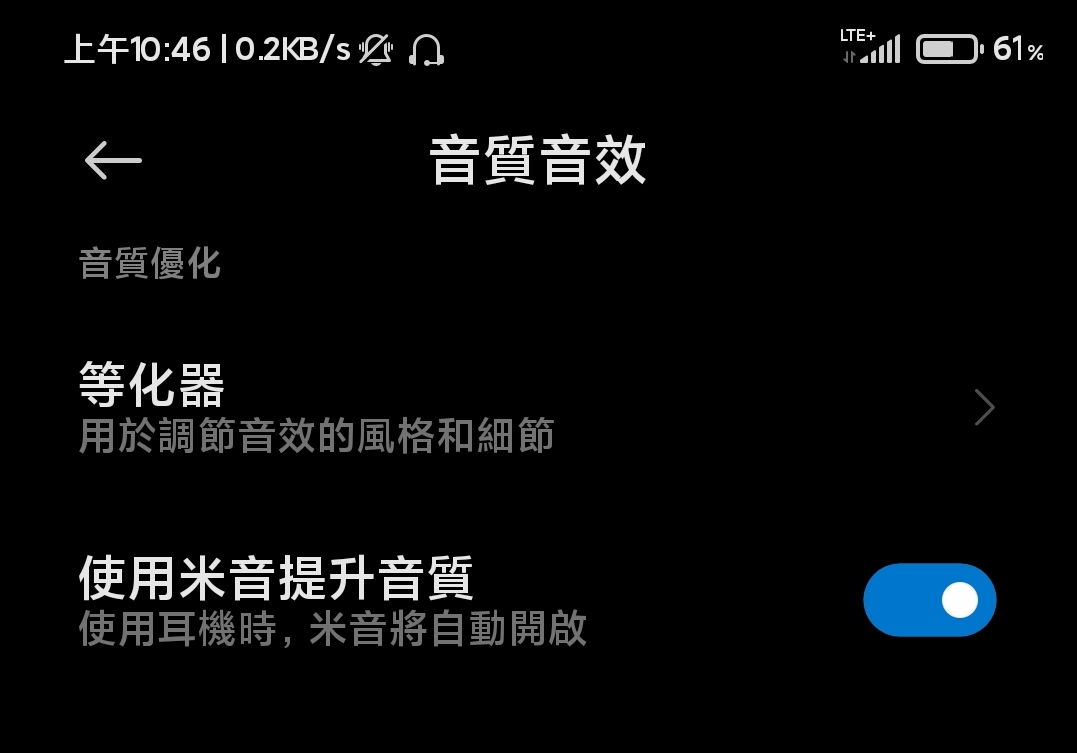
Now let me explain why Google’s adapter has such a magical effect, while generic adapters sound so terrible.
The reason is that, like most Google phones after Pixel 2016 and Pixel 3a, HTC’s later phones, and iPhones after 2016 (which do not have a built-in DAC for headphones), their DACs have been moved to the adapter. (This is equivalent to using an external sound card design, so Google’s adapter must have a built-in DAC.)
Although generic adapters may have a DAC, the materials used may not be so solid, and the sound may be harsh and the bass may be weak, which is why you get what you pay for.
How can you ensure that the adapter you buy supports a DAC? (You don’t need to worry about Apple Lightning devices, as they always have one.)
The best way to determine if a USB-C adapter supports a DAC is to ask the store or seller when purchasing if it supports Pixel 2 phones or HTC U11 phones. As for the brand, there are many options available on the market (such as Apple, Google, HTC, ZMI, Moshi, etc.), so you can explore the sound effects you like.
Later, I tested it on my computer. Windows 10 (PC and Mac) can be used, but the adapter I had did not work on a Mac running macOS 10.15.5 (not sure if it was because it’s not an Apple device), just for your reference.
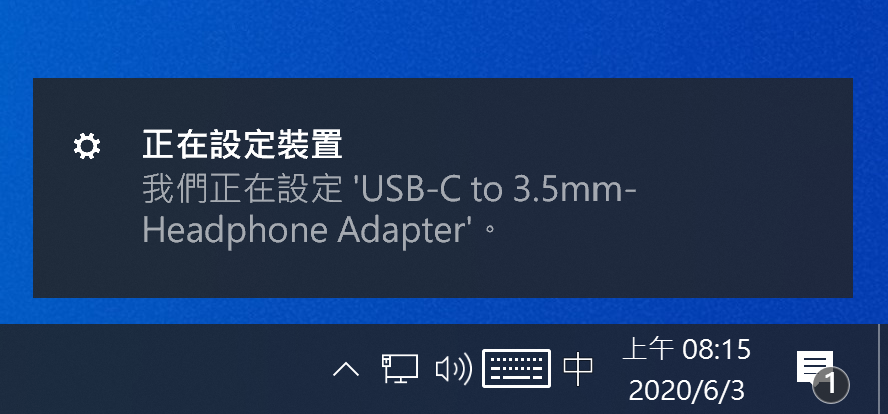
For computers, it can be used on Windows 10 (PC and Mac).
I have done some research on this topic, but I am not yet an expert. If there are any mistakes, please forgive me.